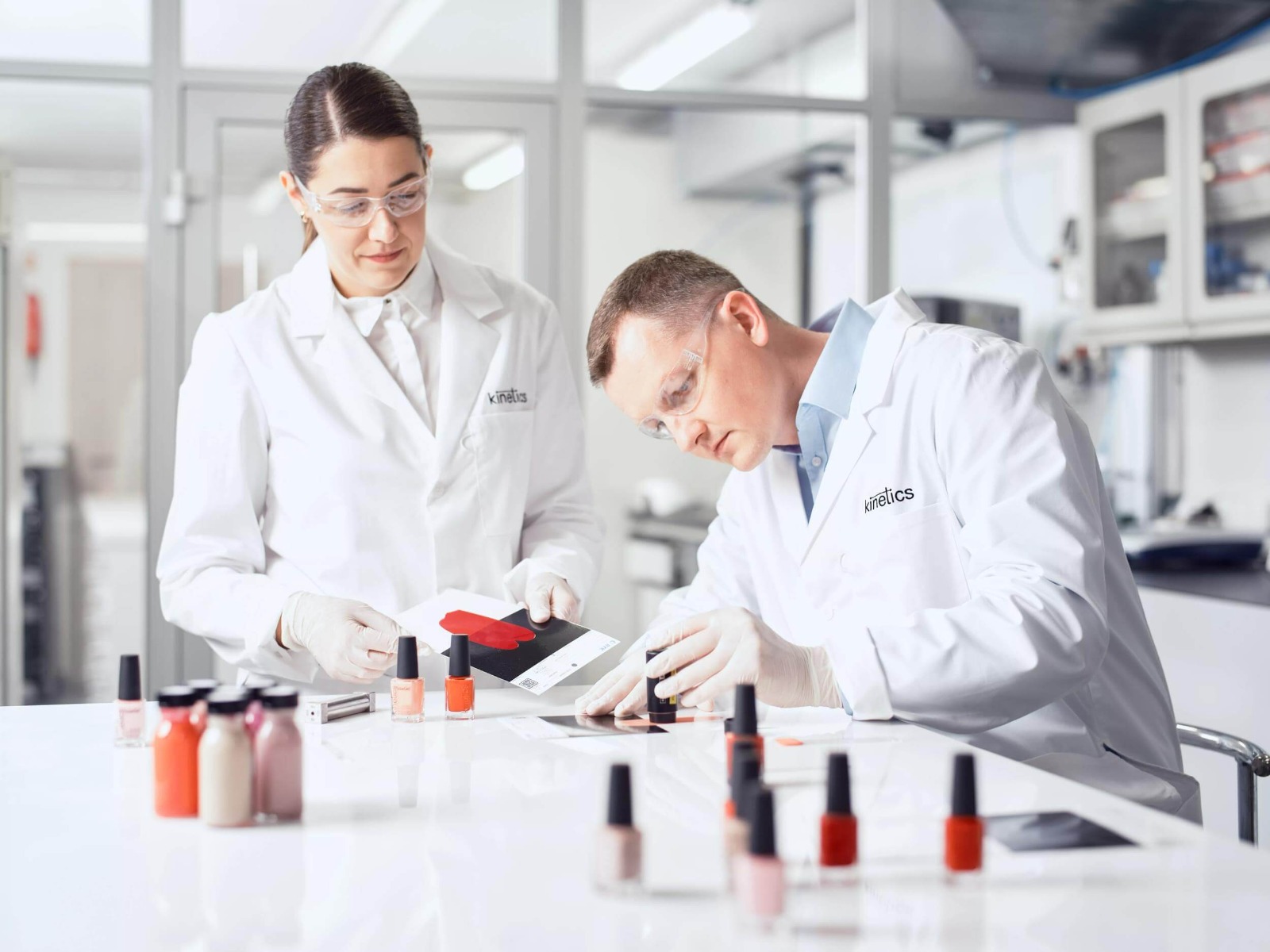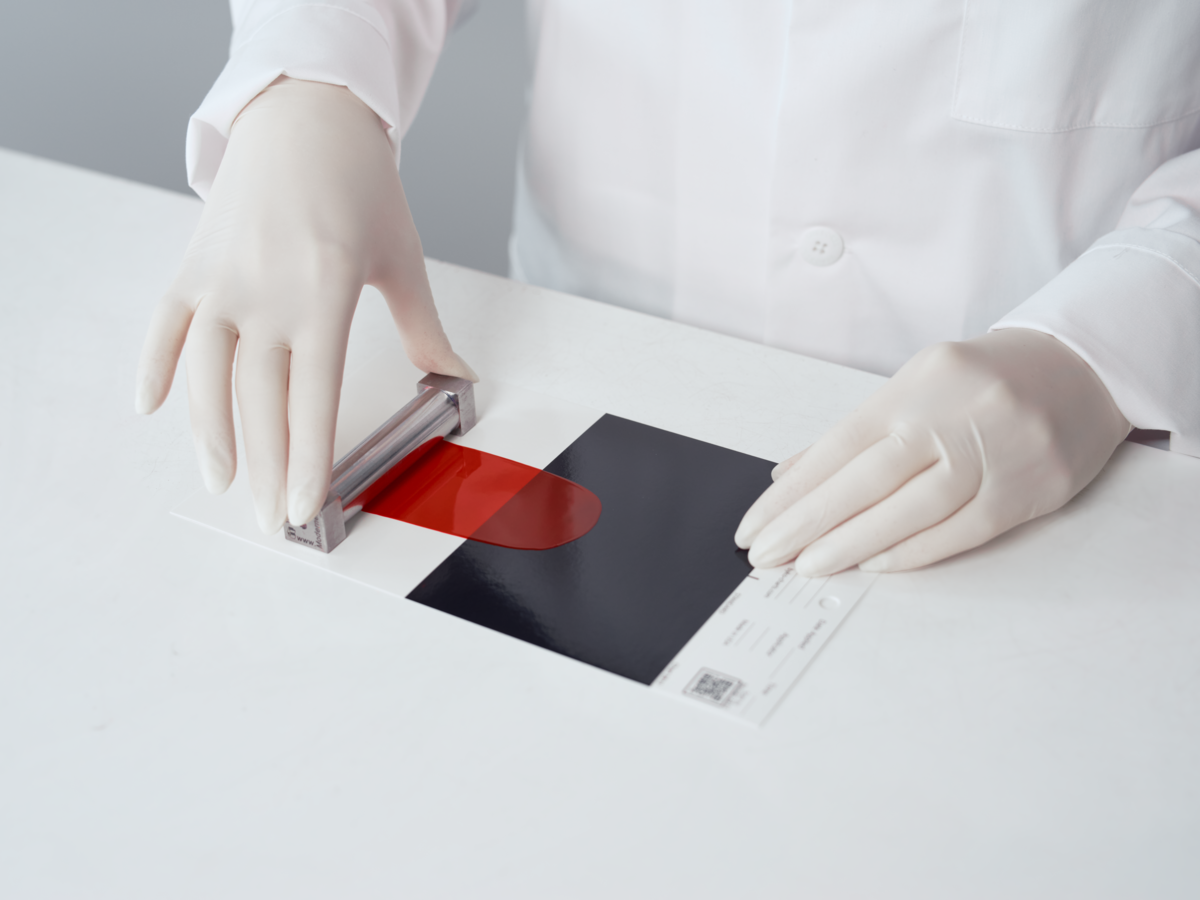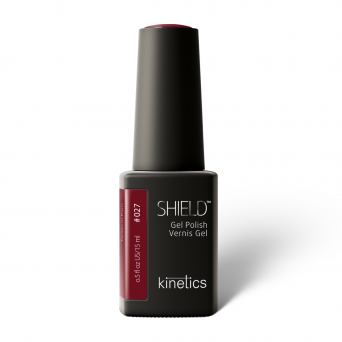Embracing safety: HEMA-Free products

Embracing safety: HEMA Free products
In the world of gel polish formulations, one particular ingredient has sparked significant concern among users and manufacturers alike: HEMA. Short for 2-Hydroxyethyl Methacrylate, HEMA is a monomer renowned for its ability to create durable, plastic-like films under UV or LED light, forming the foundation of many gel polish formulas.
HEMA, despite its beneficial properties in enhancing the strength and structure of gel polishes, poses risks to users, leading to skin irritation and allergic reactions.
Upon recognizing these risks, we at Kinetics started to search for new ways to replace this ingredient without compromising the quality of the formula.

A three-year journey to remove HEMA
Since we formulate all products in our own R&D lab, we can choose which ingredients to use and which to avoid. Initially, we thought we would simply omit HEMA, but it turned out some ingredients - oligomers - may contain very small amounts of HEMA.
Oligomers are building blocks of gels, responsible for strength and structure, and HEMA is often used to manufacture these oligomers. While HEMA itself goes away during the manufacturing process and is not a part of the final oligomer, some minor traces of impurities can still be found in it. Therefore, even if the HEMA traces in the product are less than 0,1%, it legally can't be called HEMA-Free.

“We planned to remove HEMA from our formulations in six months, but after these findings it took us double that time. Yet now we can confidently say that we have not only replaced HEMA, but also other ingredients that can contain HEMA impurities in our HEMA-free formulations,” says Ingmārs - our head of Research & Development team.

How we choose our ingredients
At Kinetics, safety is one of the cornerstones of our philosophy. We have six chemists working in our quality management team, and two highly skilled specialists working solely to ensure the product safety.
Each ingredient has passed multiple tests for safety before we even considered using it in the formulation. We test each ingredient in our internal laboratory first and then we send it to our external partners and experts for testing.
As an example, one of the tests is to keep the product in direct contact with the skin for 24 hours and check against any unwanted reaction, such as irritation. Such a test is called a patch test and each formula must pass it before we approve it for production.
The future of gel polish products
As the awareness grows, so too does the responsibility to make informed choices when choosing the UV nail products to work with.

“To label a product as HEMA-Free, simply avoiding the addition of HEMA is not enough. Laboratory testing is essential to confirm the absence of any HEMA residues in the final product,” says Estefānija, our R&D chemist who was largely responsible for removing HEMA from our top coat formulations.
The removal of HEMA marks just one step in our journey toward enhancing product safety as we are constantly improving our formulas. Now looking back we know that this sensitizing substance was prohibited from retail products from September 2021. By starting to revolutionize our formulas early, in result we were one of the first manufacturers to introduce a full HEMA-Free product line to the market, including base, color, and top coats.
“In the future of UV nail products, most likely even more monomers will be replaced to reduce possible other allergic reactions and improve safety,” Ingmārs adds.
View our HEMA-Free products here!






